As one of the leading makers of processors for smartphones, Qualcomm further bolstered its place in the market with the announcement of the Snapdragon 865 earlier this week.
On Thursday, the company took yet another step towards the future of augmented reality headsets and smartglasses with a new chip for next-generation AR hardware, along with a reference design to guide wearables makers.
- Don't Miss: Qualcomm & Bose Back RealWear's Enterprise Augmented Reality Wearables in $80 Million Funding Round
On the third day of the Snapdragon Tech Summit in Maui, Hawaii, Qualcomm unveiled the Snapdragon XR2 5G, the company's processor platform that facilitates the visual, audio, and interactions for AR wearables via artificial intelligence and 5G network connectivity.
The XR2 doubles the CPU and GPU performance of the Snapdragon 835 while improving video performance four-fold and display resolution six-fold.
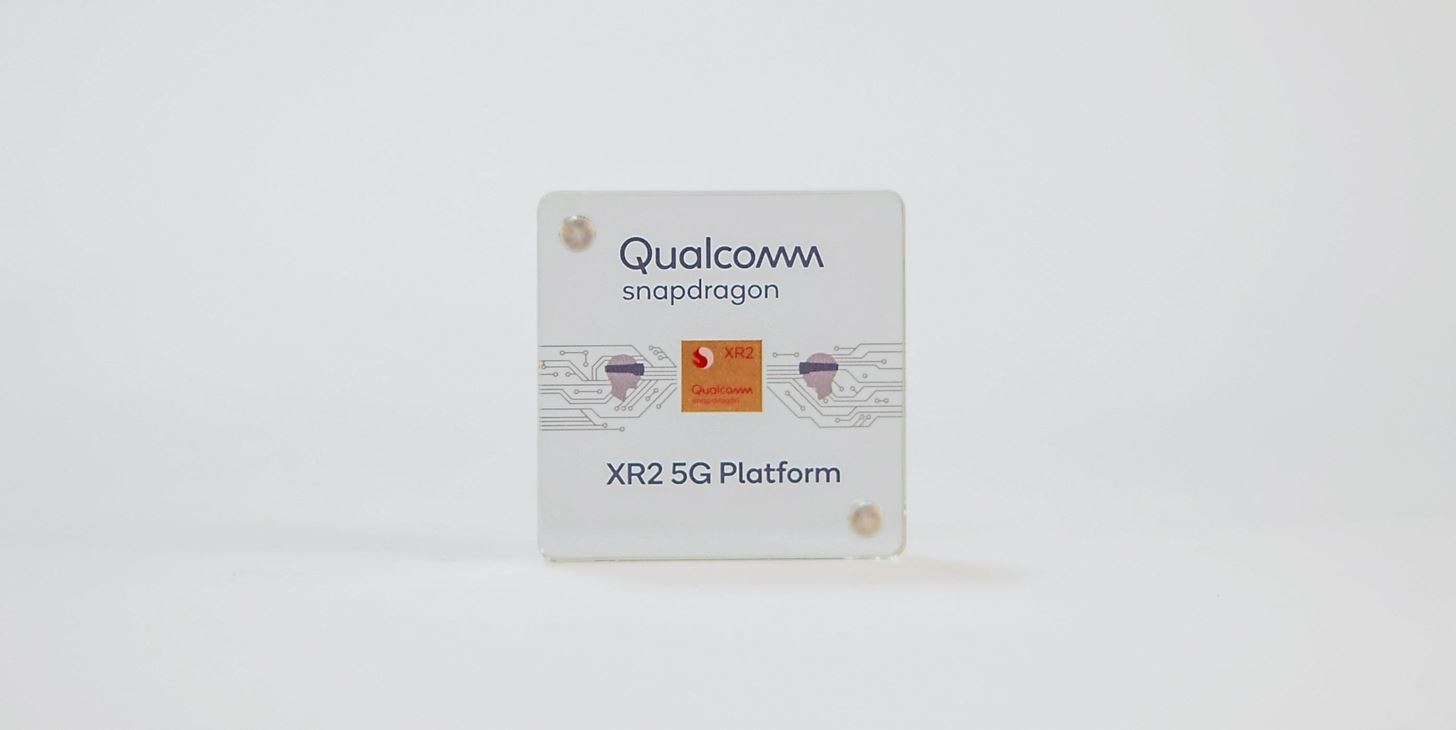
In terms of visual specs, the XR2 supports up to 8K resolution at 60 frames per second (even for 360-degree video), with 4K resolution capable at 120 frames per second. It also supports advanced color processing with HDR10 and HDR10+ support. On the audible spectrum, the XR2 supports 3D spatial audio and voice commands via the Qualcomm Hexagon digital signal processor.
If we were talking about smartphones, the video and audio capabilities would fit the bill for the next generation of flagship devices. But AR hardware also needs support for environmental understanding and immersion, and the XR2 platform delivers there as well.

For visual interactions, the XR2 supports head tracking, eye tracking, speech recognition and learning, facial expression recognition, hand tracking, body tracking, and hand-held controller inputs.
With support for up to seven concurrent cameras, the XR2 can facilitate 3D reconstruction, world understanding for semantic segmentation, object detection and recognition, and object occlusion, depth understanding, voice inputs, and real-time audio translation. Moreover, it can run all of these high-performance tasks at low power.
Don't Miss: The Future of Augmented Reality & 5G — Wireless Marketing for AR Is Right Message Aimed at Wrong Audience
As indicated by the number in its name, the XR2 is the follow-up to the Snapdragon XR1, Qualcomm's first chip designed for VR and AR wearables, which had made its way into the Google Glass Enterprise Edition 2 and Vuzix M400.
The XR1 will continue to serve what Qualcomm calls the high-quality tier for mainstream AR devices and VR headsets, with the XR2 filling in the premium tier for next-generation devices, meaning smaller headsets and smartglasses and pass-through AR experiences in VR headsets.
Additionally, Qualcomm will also produce a lighter version of the XR2 without 5G for manufacturers who don't need it just yet.
"You have seen us with 835 with 845, now we see the time is right for a dedicated platform in the premium tier, so that's the XR2," said Hugo Swart, vice president and general manager for augmented reality and VR for Qualcomm, during a pre-conference briefing. "That's the platform that will take XR to the next level for never-before-seen experiences."

According to Swart, five OEMs (original equipment manufacturers) are designing commercial products for the platform, with availability expected in the second half of 2020. Qualcomm declined to disclose the OEMs adopting the platform.
In addition, Qualcomm has created a reference design integrating key components, such as cameras and sensors, that it will make available to multiple OEMs. The company plans to unveil the reference design in 2020.
To underscore the capabilities of the platform, Qualcomm is showing off a holographic telepresence experience through a prototype during the conference. The demo highlights a wide range of XR2 capabilities, including the accuracy of body tracking so that avatars mimic activity precisely, environmental understanding for occlusion, object detection, and 3D reconstruction of the scene, fast connectivity and low latency to reduce lag, and high-quality visuals. Swart previously shared a concept video of the experience during his keynote at the Augmented World Expo 2019.
Just as it has with the smartphone industry, Qualcomm has carved out a pivotal role in the AR wearables ecosystem. Its chips run the spatial computing experiences on the HoloLens 2 and Nreal Light, among others. The company has also brokered a partnership with AR cloud startup 6D.ai to add spatial computing capabilities to devices running the XR1 chipset.
While processors are just one component of the total AR headset package that the industry needs to reach the holy grail of consumer-grade AR wearables, it appears that Qualcomm is continuing to set the pace for its role in the journey.
Just updated your iPhone? You'll find new emoji, enhanced security, podcast transcripts, Apple Cash virtual numbers, and other useful features. There are even new additions hidden within Safari. Find out what's new and changed on your iPhone with the iOS 17.4 update.
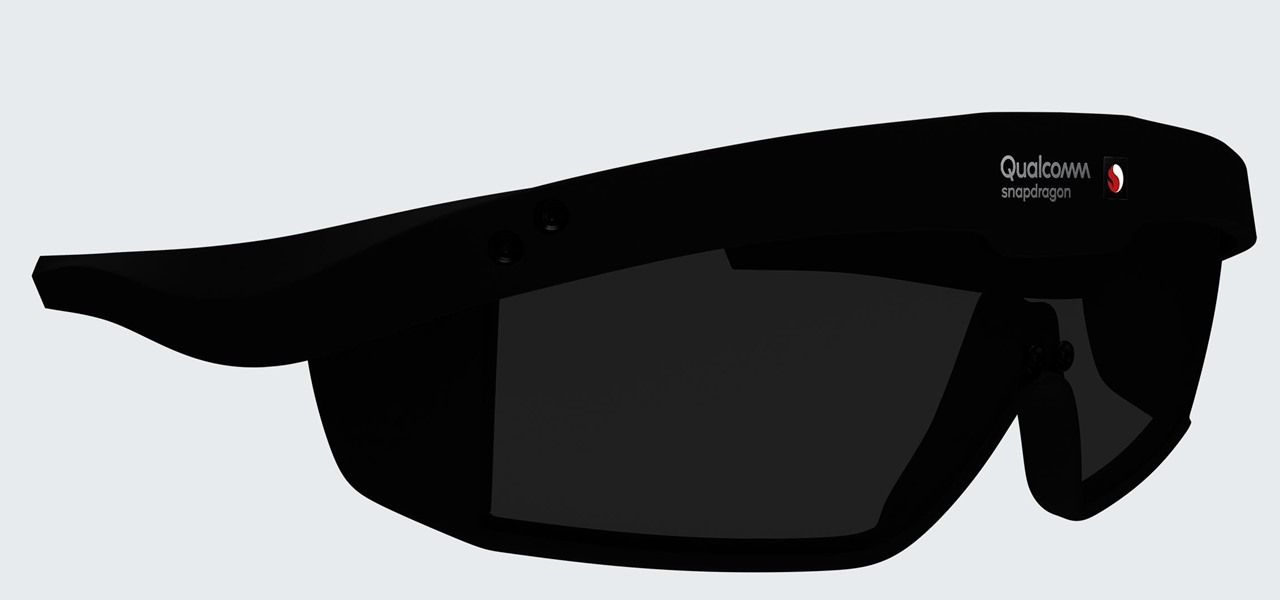






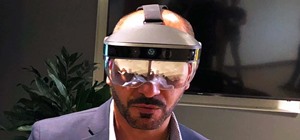



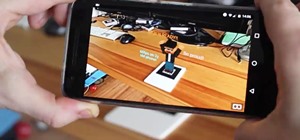







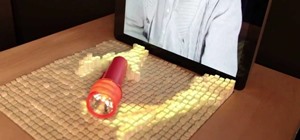





Be the First to Comment
Share Your Thoughts